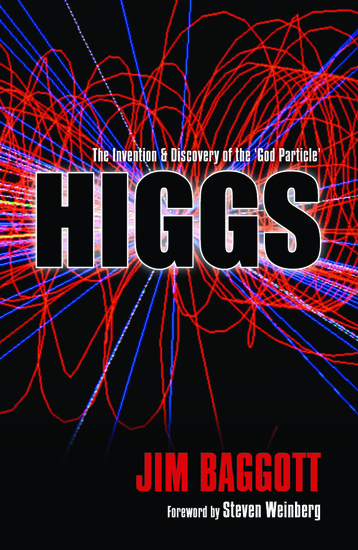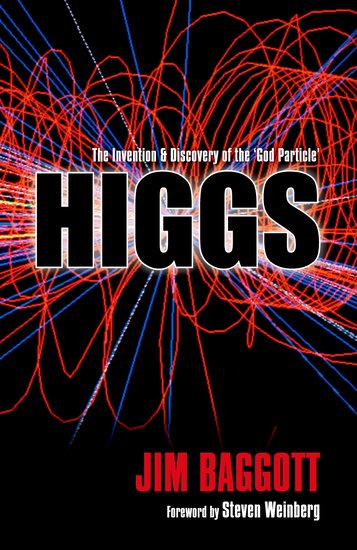And the Nobel Prize goes to… Higgs and Englert!
By Jim Baggott
Earlier today the Royal Swedish Academy of Sciences announced the award of the 2013 Nobel Prize in Physics to English theorist Peter Higgs and Belgian François Englert, for their work on the ‘mechanism that contributes to our understanding of the origin of mass of subatomic particles’. This work first appeared in a series of research papers published in 1964.








